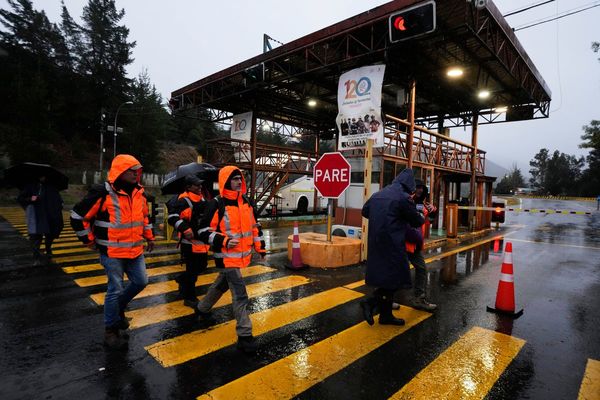
1. Make your proposition and its circular aspect easy to understand
Relevant to any business, a product proposition should not be complex. However, when it comes to circular propositions, in order to get customers’ buy in, companies should put more emphasis on communicating what is circular about the proposition and what they do differently than others.
Mud Jeans creates a proposition which appeals to fashion conscious consumers who want to wear designer jeans. The startup organises a service loop of leasing jeans. Consumers lease a pair for a year. They can choose to either keep the jeans, or switch to another model and continue leasing. Mud Jeans remains the owner of the raw materials and they will repair, upcycle and recycle the jeans. Guilt free, hassle free consumption.
2. Circular concepts need adoption time - continuously educate your customers
Mud Jeans has grown popular and has gained traction. Nevertheless, they are yet to see a peak in customers’ conversion from curiosity to actually leasing their jeans; it’s mostly the pioneers wholease. Currently, 40% of their customers lease and the rest of their business comes from purchased products. The idea of being part of the latest fashion without owning may appeal. However, being used to the purchase economy, leasing personal items is a concept that customers still need to adopt. One of their learnings is to allow adoption time and to take the customer into a journey where they can learn about the possibilities and benefits of a circular economy. This way of working proves positive as 80% of Mud Jeans’ customers who leased opt to continue their contract after the first lease period.
Right from the start the leasing idea appealed and Mud Jeans gained customers, however the speed in which it took off made Mud Jeans simplify its leasing model in order to keep up with its own administration work. Bert van Son, CEO of Mud Jeans, says that as a company, they need to continuously innovate to keep up.
3. Circular businesses face cash flow issues that challenge standard banking solutions
Mud Jeans is an example of a circular business that needed to rethink its cash flow and financing solutions to stay viable in the market.
ING’s report on rethinking finance mentions that banking for a circular economy varies from those in a linear economy in terms of the changing nature of cash flow, legal issues regarding collateral and its value as well as increased capital needs . The last one is seen predominantly in leasing businesses such as Mud Jeans’ which rely on monthly payments from customers.
As a financial institution, ING proposes a few ways to assist the transition towards a circular economy:
- A cash flow based approach to finance rather than an approach based on collateral values.
- Developing valuation and risk models that suit the characteristics of the circular business models. For example, capturing the value of second hand assets instead of writing them off. Mud Jeans upcycles returned jeans that can be worn again and sells them as second hand vintage jeans.
- Advising clients on the set up of financial incentives and benefits for the end user to helpthem choose circular products and services over standard ones. As long as the financial benefits are not clear to the end user, circular business models are destined to be embraced by a minority group of early adopters.
4. Viral marketing is not only cheaper but gives you vital customer insight
As a startup, Mud Jeans doesn’t have much budget for elaborate marketing campaigns. However, their unique proposition receives a lot of traction and is part of many conversations, one could say viral marketing. The close relationships they have with their leasers and bloggers has given Mud Jeans invaluable customer insight. Not being their first intention, Mud Jeans learnt from their followers that they are a popular brand amongst vegans as their jeans have no leather in them. Their starting point was the ability to reuse materials so they designed their jeans using as much cotton as possible which means omitting leather. The fact that they are vegan is a great insight and opens up an additional customer base.

5. Close relationships in the value chain means less waste and brings higher margins
Mud Jeans works closely with stakeholders, from cotton manufacturers, to the stores that stock their jeans and the recycling factory. In order to achieve their mission of abundance without waste, they re-approached product manufacturing strategies.
The startup regards the shops as mission partners and decided to have no minimum orders. Stores can adjust stock based on demand for Mud Jeans and popularity of the models in that particular store. Bert van Son says that large quantities of newly produced clothes are never worn but are destroyed because of the difficulty in matching supply and demand. Estimated overproduction for regular brands is double than for Mud Jeans.
By establishing a tight relationship throughout their value chain, Mud Jeans receives quick and accurate feedback on how the jeans are perceived and can then work closer with their supplier towards a demand-based production approach. Mud Jeans chooses to work with a small supplier who does not take a lot of risks and more importantly shares their business value of no-waste. Manufacturing takes place in Tunisia and has a lead time of four weeks. The turnaround of suppliers of this size allows them to control and specify purchasing in a timely manner. Next to this, Mud Jeans work with a limited amount of fabrics and various ways of product finishing. Their diversity in ‘looks’ is created with minimum raw materials.
The production on demand approach makes economic sense as it creates less waste, avoids overstocks, and in return brings in higher margins.
Content on this page is paid for and provided by Philips, sponsor of the circular economy hub







